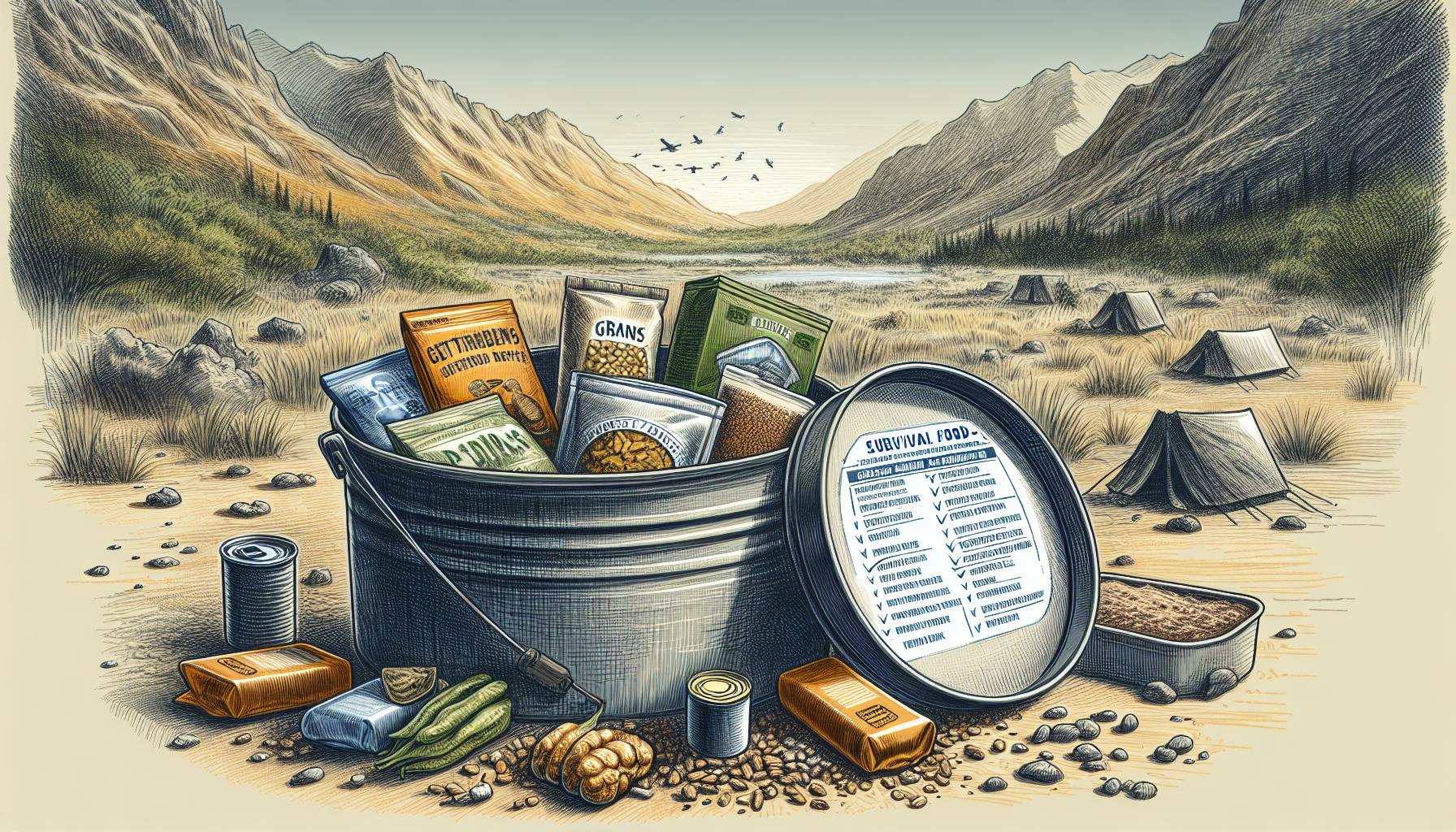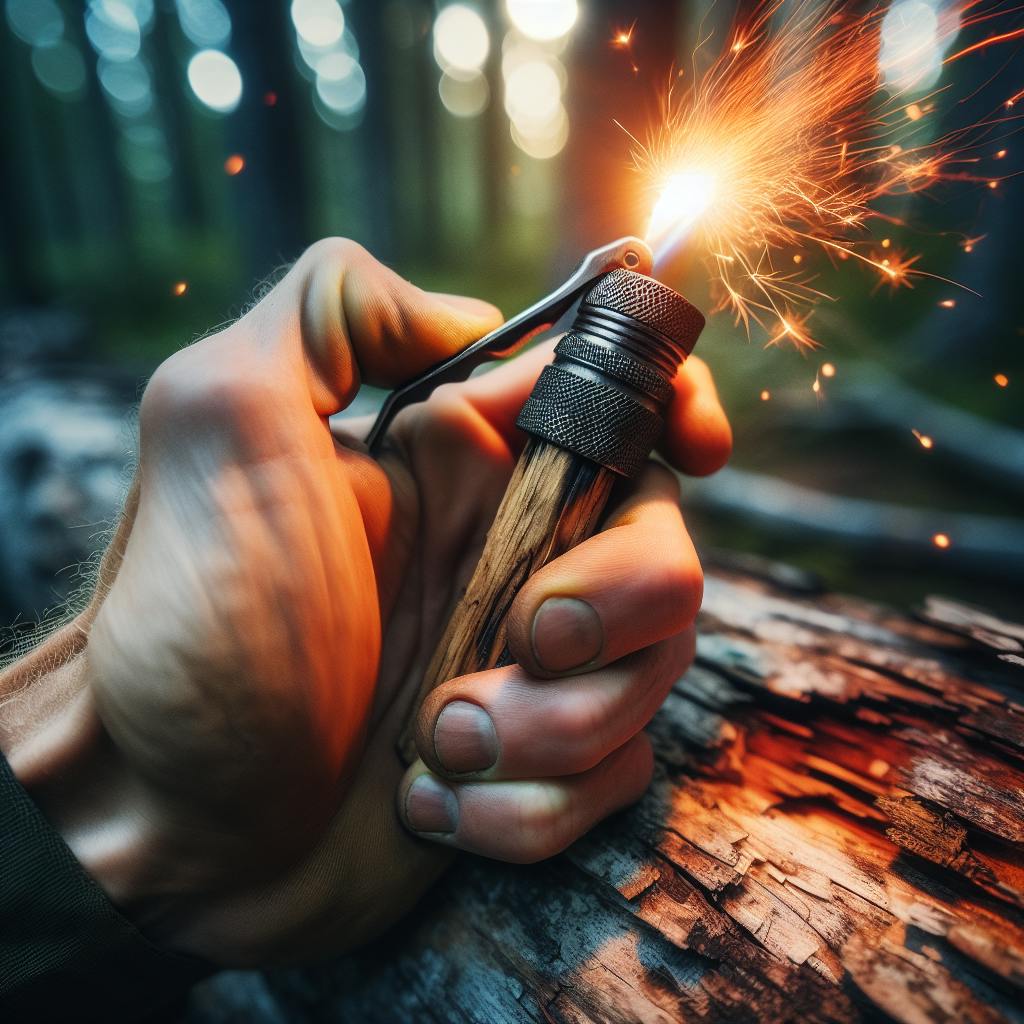Introduction
Having a well-stocked emergency kit is one of the most important ways to ensure you and your loved ones are prepared for any crisis. Whether it's a natural disaster like a hurricane, tornado or earthquake, a power outage, civil unrest, or any other emergency situation, having critical supplies on hand provides peace of mind and can be a lifesaver. This comprehensive guide covers everything both beginners and seasoned preppers need to know to assemble foolproof emergency kits.
Before getting into the nitty-gritty of what to include, it's essential to take stock of your specific needs and situations. This will ensure your emergency kit is tailored and robust enough for your household.
Assessing Your Needs
Consider factors like your climate, region, home size and number of people when deciding what should go into your emergency kit. For example, those living on the Gulf Coast should prepare for hurricanes while West Coast residents should plan for earthquakes. Account for ages, health conditions, pets and other specifics to customize as required. If you live in areas prone to particular natural disasters like tornadoes, wildfires or winter storms, prepare accordingly with supplies like fire extinguishers, cold weather clothing and shelter. Determine if a home kit, car kit or portable kits are most useful for your lifestyle. For frequent travelers, a portable kit kept in your luggage provides security. Finally, consider the likely risks you may face, from power losses to floods, to guide the necessary supplies. The purpose of your emergency kit directs the essential contents.
Food & Water
Food and water are critical emergency kit items. Stock up on non-perishable foods like canned goods, protein bars and dehydrated meals from brands like Mountain House or Wise Foods. Include a can opener, camping stove, cooking fuel and mess kits for preparing meals when utilities are disrupted. Store at least 1 gallon of water per person per day for 3-7 days. Rotate supplies every 6-12 months to keep everything fresh. Have water purification methods like the Sawyer Mini filter, Potable Aqua tablets or liquid bleach in your kit as well.
First Aid Supplies
A robust first aid kit is a key part of any emergency kit. Adhesive bandages, gauze, trauma pads and other items to treat wounds are essentials. Include antiseptic ointments like Neosporin and alcohol wipes to clean injuries and prevent infection. Pain relievers such as ibuprofen, antihistamines like Benadryl, antacids and other over-the-counter medications address minor ailments. A first aid guide, surgical gloves and tools like tweezers and scissors round out a complete medical kit tailored to your household's needs. Build your own kit or buy pre-assembled kits from reputable brands like Red Cross or Adventure Medical Kits.
Sanitation & Hygiene
Sanitation and hygiene items are often overlooked but vital emergency kit components. Soap, disinfecting wipes, toilet paper and feminine products enable proper sanitation when normal utilities are disrupted. Hand sanitizer, toothpaste, toothbrushes and other hygiene items from brands like Crest, Dove and Purell promote health. Garbage bags, a bucket or portable toilet manage waste. Bleach can purify water if necessary. Towels, extra clothes and underwear prepare for lack of laundry access.
Tools & Other Gear
A variety of tools and gear complete an emergency kit's essentials. Pack flashlights, batteries, glow sticks, headlamps and other hands-free lighting to illuminate your surroundings when the power goes out. A multitool like a Leatherman, knife, duct tape and work gloves provide utility for improvised repairs. Waterproof matches, a lighter and firestarters like stormproof matches generate emergency heat and light. Paper maps, pens, paper and permanent markers are invaluable without digital tools. Paracord rope, heavy-duty plastic sheeting, tarps and zip ties ready you for makeshift shelters and repairs.
Securing Your Kit
To keep your emergency supplies protected, store your kit in a waterproof container or bag. Pelican protective cases or Dry Bags by brands like Earth Pak ensure your gear stays dry in wet conditions. Stash small kits in zipper seal bags. Make sure to use solid containers to prevent crushing. Secure kits with straps or bungee cords if storing in vehicles.
Communication Essentials
Being able to receive information and call for help is critical in emergencies. A battery-powered or hand-crank radio like those made by Midland or Eton keeps you informed without electricity. Stock extra batteries or a power bank like Anker models to charge devices. A whistle, signal mirror or flare gun enables contacting rescuers if stranded. Walkie-talkies from Motorola or DeWalt maintain communication across your family or group. Local maps provide navigation if GPS fails.
Documentation
Copies of important documents in your emergency kit can protect your family during crises when digital access is unavailable. Include copies of identification, insurance cards, prescriptions and medical paperwork. List contact information for relatives, doctors and nearby hospitals. Having cash in small denominations ensures you have currency to use when electronic payments fail. An inventory with model and serial numbers aids in replacing valuables if damaged. Pet owners should store vaccination records and extra medication.
Comfort Items
Comfort items provide safety and improve mental wellbeing during emergencies. Pack a space blanket, warm clothes like wool socks and jackets, and sturdy shoes to protect from the elements. A deck of cards, book, journal games offer entertainment when boredom sets in. Photos of loved ones aid mental health. Treats like hard candy or protein bars provide morale boosts. For children, a stuffed animal eases stress.
Regional & Climate Considerations
Customize your emergency kit for your region and climate. Those in cold winter climates should pack extra hats, gloves, scarves and thermal underwear. If you live in places with extreme heat, include electrolyte tablets, shade shelters, moisture-wicking clothes and hats. In earthquake zones, have leather work gloves and goggles to protect from debris. Coastal residents should prepare for floods with waterproof boots, sandbags and inflatable rafts. Snowy regions need snowshoes, tire chains and cold weather sleeping bags.
Customizing Your Kit
While this guide covers universal emergency kit essentials, it’s important to customize based on your situation. Tailor your kit for climate risks like extreme cold or heat. Include gear for likely regional hazards, like volcano eruption masks or tornado shelters. Have enough supplies for everyone in your household, accounting for ages and health conditions. Don't forget special items for babies, the elderly, those with disabilities and pets. Regularly rotate perishable supplies and update documentation.
Kit Maintenance
Proper emergency kit maintenance ensures readiness when disaster strikes. Take inventory every 6-12 months, replacing expired food, water and medical supplies. Check tool and battery condition. Update quantities if your household size changes. Immediately replenish any used gear after an emergency. Practice with your kit often to identify gaps.
Key Locations
Strategically place emergency kits for easy access during crises. Keep your main kit in an easily accessible spot like a hall closet or basement. Have a smaller grab-and-go bag in your vehicle trunk. Stash mini portable kits in jackets, backpacks, etc. Share kit locations with family and post visible reminders. Give house keys to trusted neighbors in case you're away when disaster hits.
Final Thoughts
Emergency kits should contain essentials like food, water, first aid, tools and other gear tailored to your situation. Maintain your kit by replacing perishable items and updating contents regularly. Involve your whole household in assembling kits and learning how to use supplies. Being prepared with robust emergency kits brings peace of mind and can truly save lives when unexpected disasters occur. We urge you to take steps today to outfit your home and family with these critical items before emergencies arise. Use this checklist to guide your preparedness efforts.


